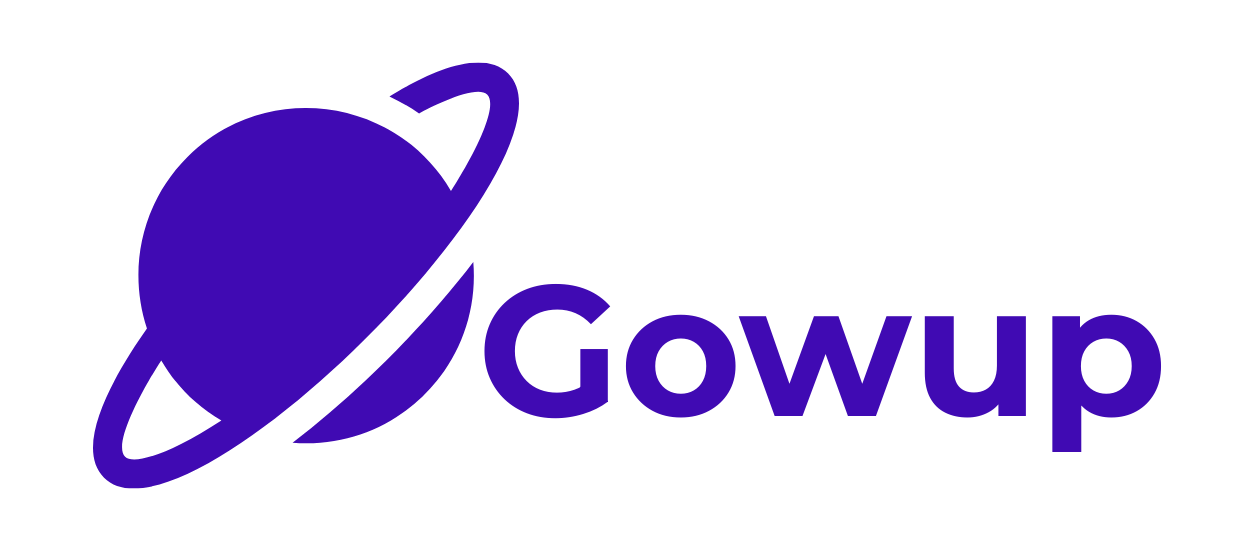User story maps can be built at any point during product development, whenever there’s need to align the team and drive the discussion to solve certain problems. They can be created to depict the experience of a new product, after completing the initial discovery work, or even for a product that already exists, after the usability testing.
In all these cases, a story map should illustrate the solution to the problems uncovered during the research. Teams will usually maintain the finished map, occasionally revisit it, and add modifications to reflect the current state of the product.
Building a solid user story map may take time, but the process itself is rather clear and logical. The mapping process itself is particularly valuable as it offers an opportunity to interact and have discussions with other team members. Once the session is finished, everyone involved should come out of it with a better understanding of the product’s vision and the ways it will help the users.
The user story map lays out three different types of actions to a different levels of detail. They range from the most general action, or activities, to the most specific, or details, with steps in the middle of those two. User activities and steps are lined up horizontally, across the top of the map, while the details are stacked under corresponding steps and arranged according to the level of priority.
Of course, the first thing to do when mapping a user story is to decide on what medium to use. Mapping can be done with simple and easily available physical resources, such as sticky notes, and a whiteboard or a wall. Also, the team can create a virtual map, using one of the many available software tools. Whatever the medium, the mapping process should include several crucial steps.
If you are a beginner at doing user story mapping you may wish to pair up with someone who is more familiar with user story mapping. Mike Cohn covers user story mapping very well in his user story mapping course .
.







